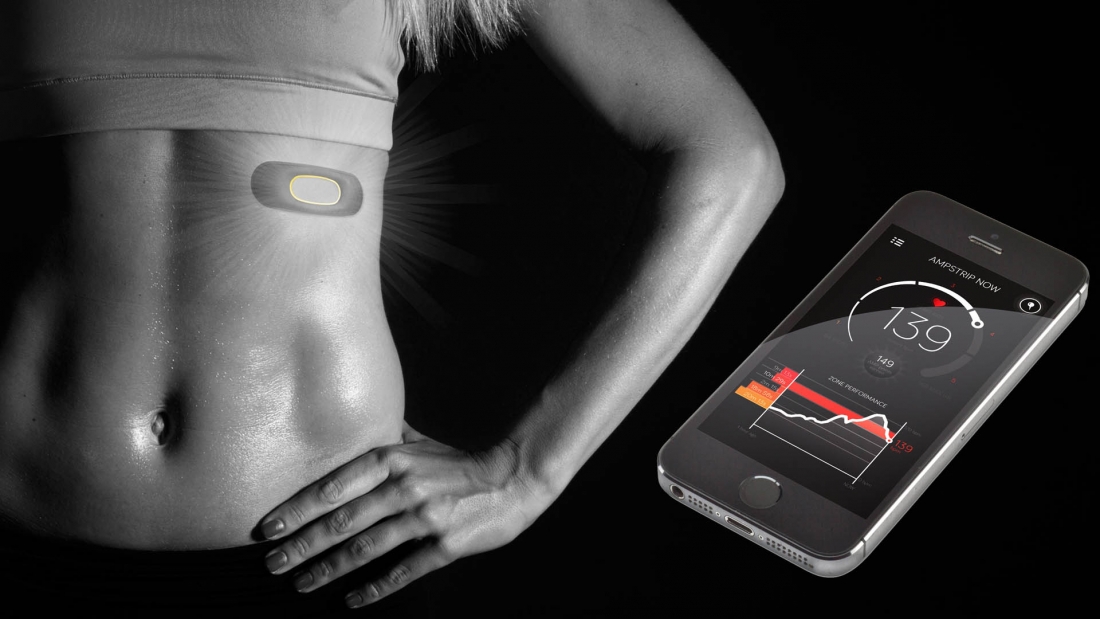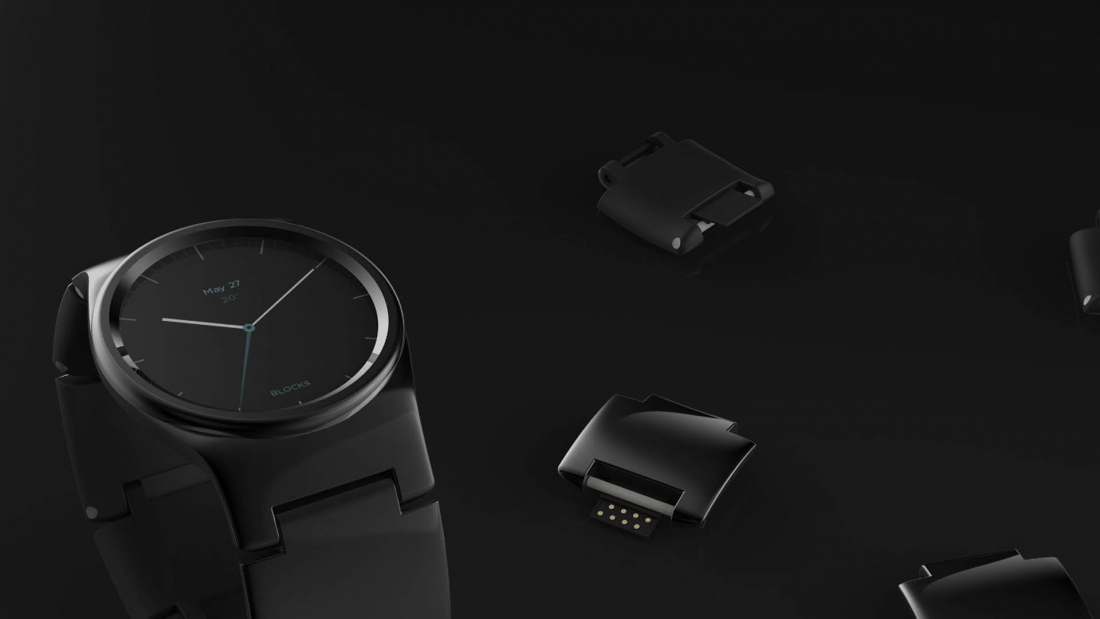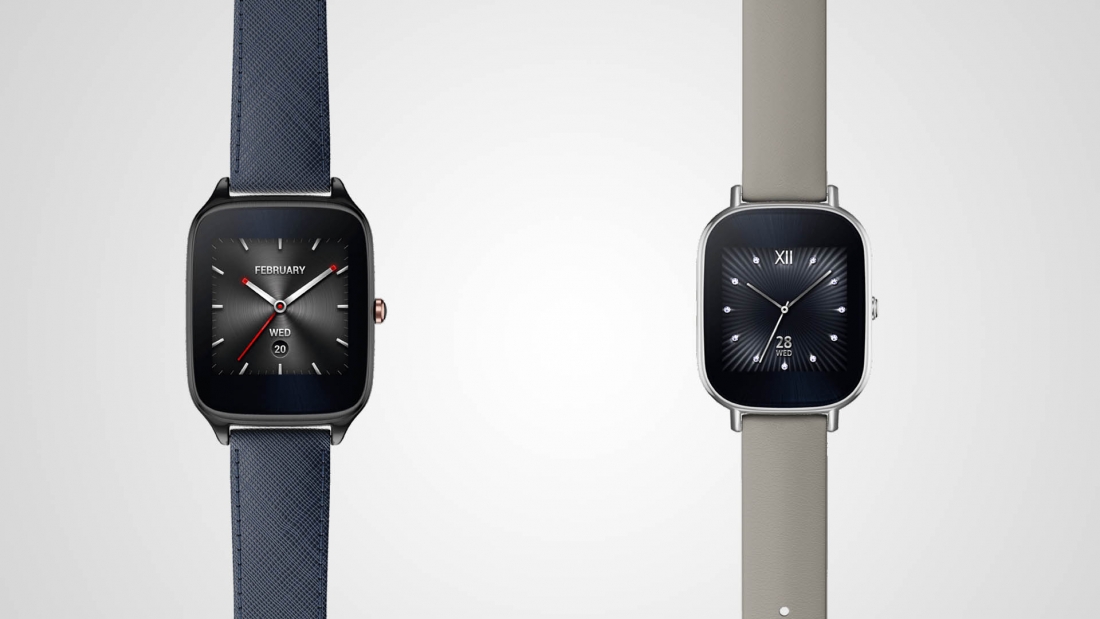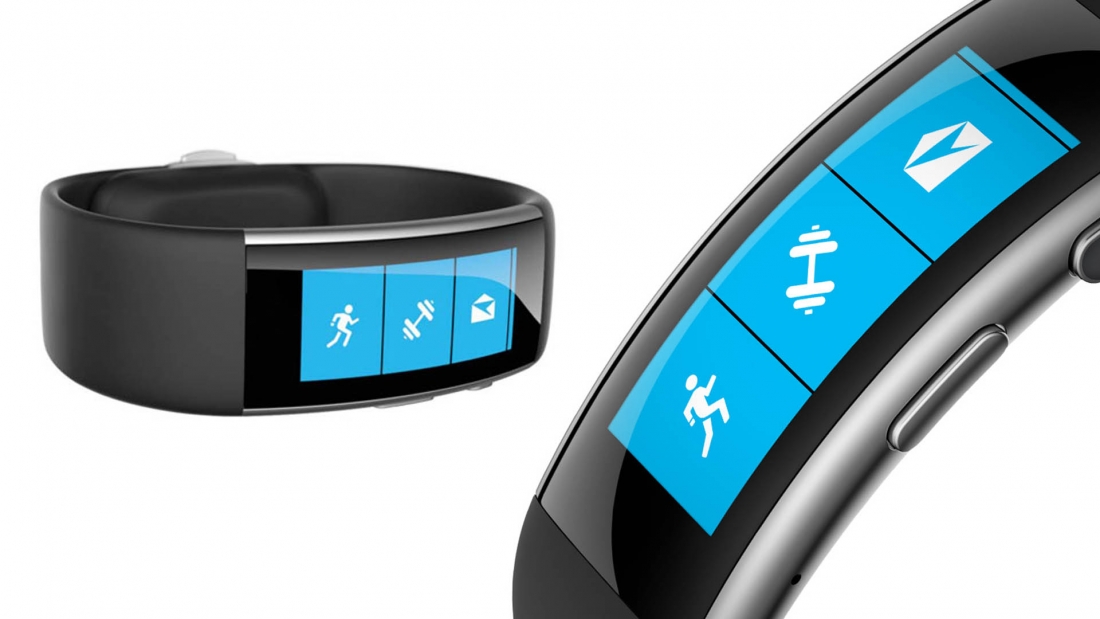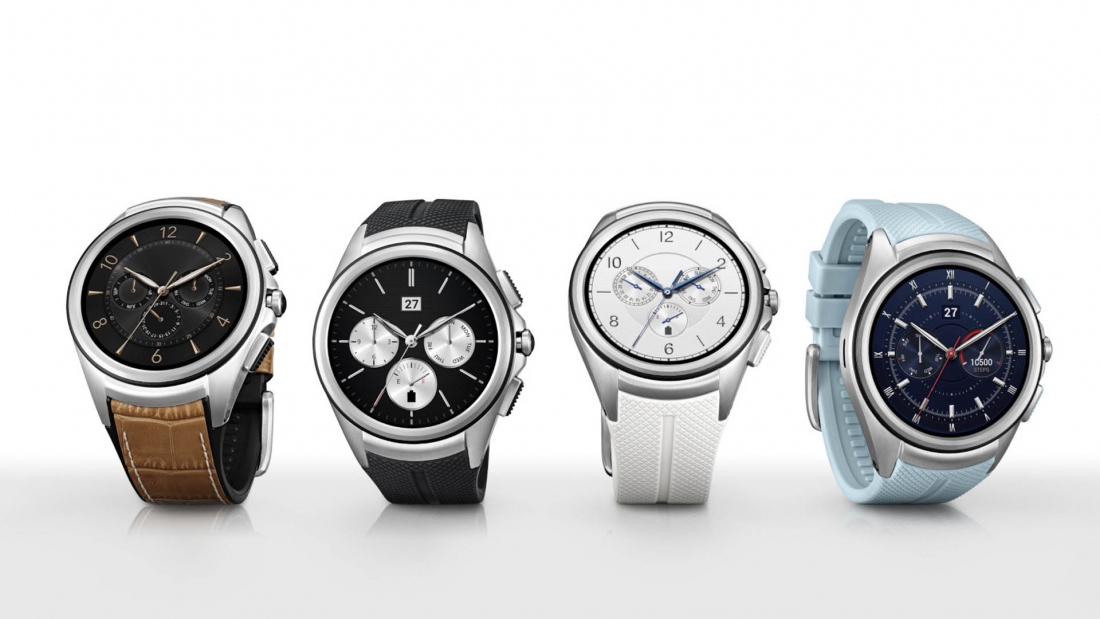Swatch Prepares to Launch NFC Equipped Watch
Swatch has charted an unusual path into the smartwatch market. The Swiss watch maker has decided to favor devices that serve specialized purposes instead of embracing do-it-all wearables such as the Moto 360 and Apple Watch. Heck, the company’s first connected watch was designed for volleyball! Continuing the trend Swatch has announced a new watch which only features NFC. The Swatch Bellamy can be used to make mobile payments and open compatible locks and hotel doors. The NFC chip is configured via your Windows Phone or Android device. I would not expect the Bellamy to be able to be configured with an iOS device since the watch does not have Bluetooth and Apple does not allow developers open access to NFC. The approximately $91 device will launch in China at the beginning of 2016 and will later be released in the us and Europe.
I can understand Swatch wanting to stay away from building a wearable that tries to do too much. It is easy for such a device to end up not doing anything well. Smartwatches can be a slippery slope and unless a company is open to constant improvements, refinements, and software innovation, it is a difficult space to be in. And, even if you do all of that, you are far from guaranteed a success. Swatch’s CEO Nick Hayek comes across as a bit cynical though when he refers to devices such as the Apple Watch as “toys.” While all-purpose smartwatches might struggle to find a market, Swatch’s approach ends up overly crippling them. Selling a premium priced plastic watch that only adds NFC seems very narrow sighted. The Swatch Bellamy will likely not draw any new customers to the brand. People seeking this functionality will pay slightly more for wearable devices that can do more. And let us not forget that the Bellamy is also not compatible with iOS devices, which represent nearly half of the mobile market. The only customers Swatch is likely to find for the watch are people who want a Swatch anyways and figure, “Why not pay a bit more so I can pay for things?”
Continue reading

